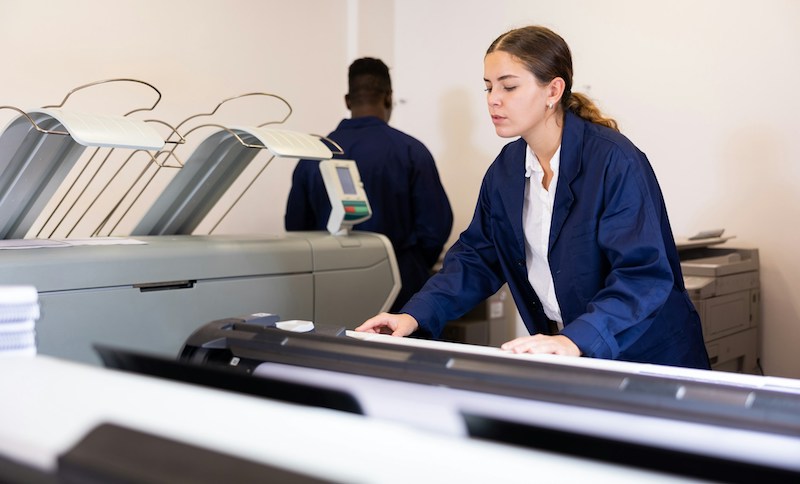Branded Content by Cosmic Press
Sitting through a college lecture isn’t always the easiest thing, for a number of reasons. Firstly, you have to pay close attention to what you’re learning about, otherwise, you will be in a world of hurt later on when exams roll around.
And a college professor isn’t going to go easy on you. They will throw a lot of information at you and it’s up to you to make sure that you catch it all. That means you need to know just how to take the best notes when listening to a lecture. The right note-taking skills can be the difference between retaining all that the professor puts out there and not learning any of it.
Color Coding
As mentioned, you’re going to be hearing a lot of information during lectures, so how do you make sure your notes don’t get lost and bogged down with other information? It’s not enough to simply write down everything you hear. Instead, you need to separate your notes, ideally by color. To differentiate between various subjects, themes, or information kinds, think about applying color coding. For emphasis, use pens, highlighters, or computer tools that offer color possibilities.
This will not only be easier on the eyes, it will also help you know which subject you’re talking about because you can use color coding to symbolize different events, people, time periods, and more.
Summarize
Now, it’s important to remember that you don’t have to write down absolutely all of the information that comes your way during a lecture. You don’t need every single point spoken. Instead, you should summarize the key points and include a summary section at the end of each set of notes.
Condense the big moments and key points or things such as formulas or concepts. This will reinforce your understanding of the subject and it will also help you save time and energy too. You won’t fill your mind with too much needless information and explanation and will succinctly get the point across.
Use Digital Tools
These days, you have a lot of options when it comes to taking notes during a lecture. In the past, all you could do was write down with pen and paper. But today you can use modern tech tools to digitally jot down every thought and important talking point. You can use a digital notebook to get all of the information transcribed or you can also use a laptop or even a smartphone.
You can also use a Powerpoint to PDF tool. With the best PPT to PDF converter, you will be able to transform the PowerPoint presentation by your professor into easy-to-read files that you can go back to again and again whenever you need them. You can even print out the PowerPoint too, highlighting what is important.
Collaborate
Another great tip for taking notes during lectures is working with other people in the same class as you. You don’t have to tackle this on your own. Instead, you can work closely with other students, collaborate, and see what they wrote down with their notes. This will ensure that you’re not missing anything and that you’re also helping others, which is great in the long run for the entire class.
Conclusion
Remember, you’re never alone and if you help others, they will help you too. College lectures can be tricky, and confusing, and there is a lot of information dealt your way in a very short amount of time. If you use the tools that we have highlighted, you’ll be able to get down all the information that you need with ease.
(Image Source: Pexels)
Branded content furnished by our promotional partners. The Daily Sundial editorial staff is not involved in its production. Content does not reflect the views or opinions of the editorial staff.








